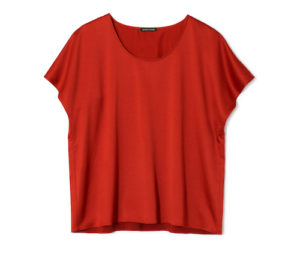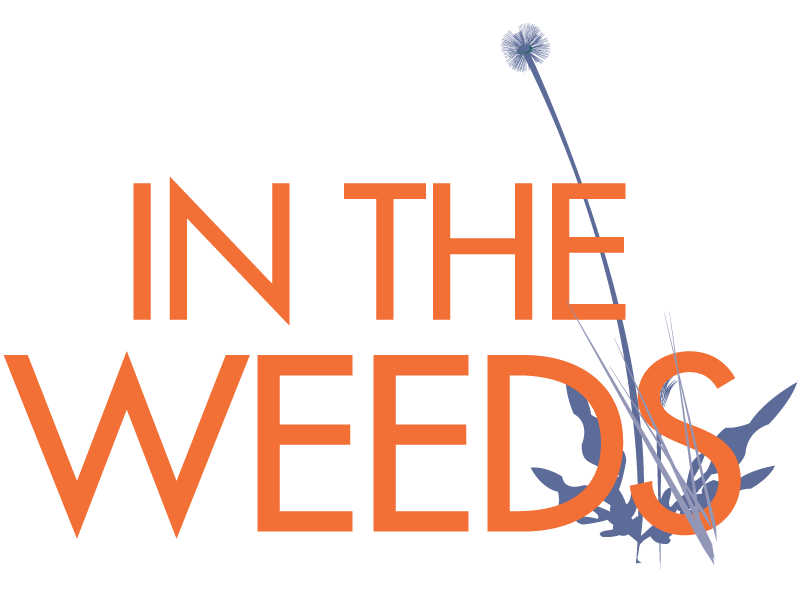Ever looked up how rayon is made? Or why organic cotton is so much more expensive? Have you tried to figure out how just one item of clothing you own was made? If you have, you’ll appreciate just how complicated the journey from material – whether natural or human-made – to finished product is.
I speak to Amy Hall, VP of Social Consciousness for Eileen Fisher, about the varied social and environmental costs of our clothes. As she puts it, “You have to, as a consumer, be really tuned in to what value is more important to you. Is it organic? Is it low carbon? Is it the dying process […] is it the geography or the political situation? There are lots of different values and it’s really hard to buy one thing that is perfect.”

The Classic Eileen Fisher Box Top Design
Having wrestled with these issues in her work for Eileen Fisher, Amy Hall does have some solid advice, however: take better care of your clothes, buy less, ask more of the brands whose clothes you do buy (as we discover, much of the burden of “social consciousness” does fall on the brands), invest in some well-made pieces from brands you trust and keep them for longer. Finally, she suggests that we can learn to make more of less (accessorize!) and perhaps even to swap with friends.
